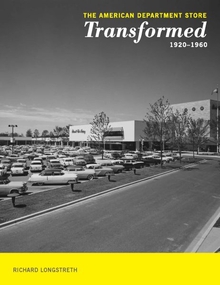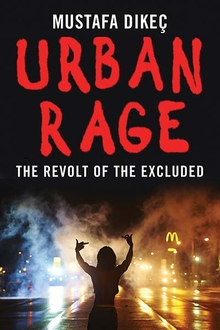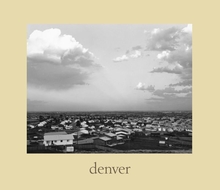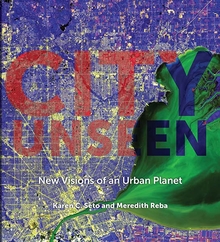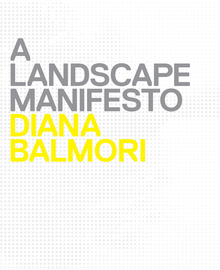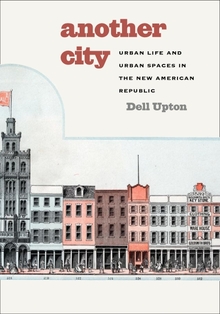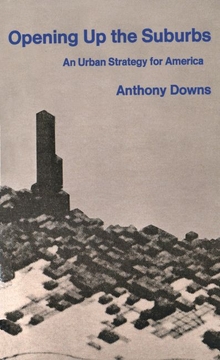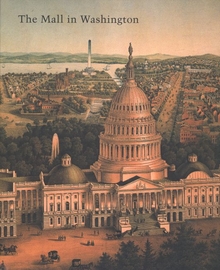The American Department Store Transformed, 1920-1960
WARNING
You are viewing an older version of the Yalebooks website. Please visit out new website with more updated information and a better user experience: https://www.yalebooks.com
Richard Longstreth
After attaining classic stature with palaces erected in the early 20th century, the American department store continued to evolve in ways that were influenced by changes in business practices, shopping patterns, design approaches, and urban structure. This masterful and innovative history of a celebrated building type focuses on many of the nation’s greatest retail companies—Marshall Fields, Lord and Taylor, Gimbel’s, Wanamaker’s, and Bullock’s, among others—and the role they played in defining America’s cities.
Author Richard Longstreth traces the development and evolution of department stores from local, urban institutions to suburban entities in the nation’s sixty largest cities, showing how the stores underwent changes to adapt to dramatic economic and urban developments, including the decentralization from metropolitan areas, increased popularity of the automobile, and challenges from retail competitors on a national level. Extensively illustrated, this fascinating book offers a fundamental understanding of the transformation of Main Streets nationwide.
Published in association with the Center for American Places
“Superb! . . . I simply cannot contain my respect and enthusiasm for the achievement that this book represents. A great metropolitan institution has found the historian it deserves.”—Robert Fishman,
University of Michigan
“Original, exhaustively researched, and a very substantial contribution. There is no directly comparable work; this will become the authoritative source on department stores in this period.”—Michael Holleran,
University of Texas at Austin, author of Boston's "Changeful Times": Origins of Preservation and Planning in America
“Through a wonderful blend of design, business, and urban history, Richard Longstreth superbly demonstrates that the retail landscape in twentieth-century America has been a constantly shifting one. Anyone who has ever been dazzled by a department store will likewise be enticed by this book.”--Lizabeth Cohen, Harvard University, author of A Consumers' Republic: The Politics of Mass Consumption in Postwar America
“A work of prodigious scholarship that is clearly written and profusely illustrated, Richard Longstreth's new book, The American Department Store Transformed, 1920-1960, is a monumental achievement, a major contribution not only to the history of retailing in the United States, but also to the history of the built environment in the twentieth century.”—Robert M. Fogelson, MIT, author of Downtown: Its Rise and Fall, 1880-1950
“No one knows more about the retail landscape of America than Richard Longstreth, and this is his most important contribution to date. The American Department Store Transformed gives us a sweeping panorama of some of the most important developments in 20th-century city centers and outlying districts. Longstreth deftly combines architectural history, business history, and urban history to create a compelling story and a work of reference that will be the basis for scholarly exploration for many years to come.”--Robert Bruegmann, author of Sprawl: A Compact History
"The department store encompassed much that was exciting and much that was unsettling in 20th-century America. Only Richard Longstreth has the broad vision, deep knowledge, and love of his subject to give this central institution its due. The American Department Store Transformed confirms Longstreth’s standing as our premier interpreter of the twentieth-century commercial city.''--Dell Upton, author of Architecture in the United States
'His book is an important contribution to the histories of building types, and incidentally, a useful antidote to some of the more waffly aspects of current academic forays into material culture.' — Christopher Woodward, Building Design
Publication Date: June 22, 2010
Publishing Partner: Published in association with the Center for American Places
243 b/w + 15 color illus.

